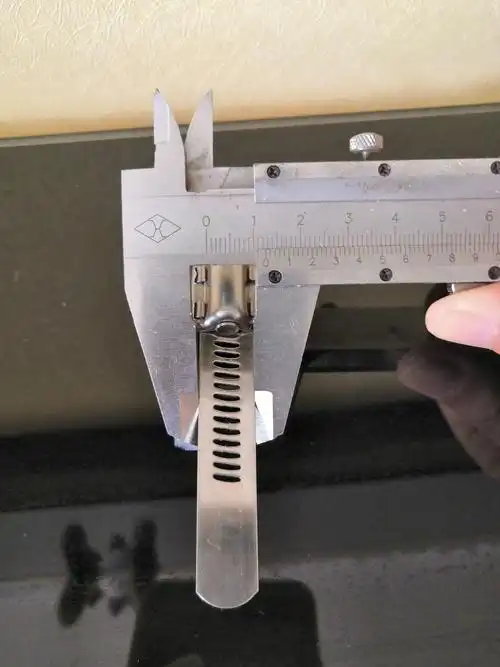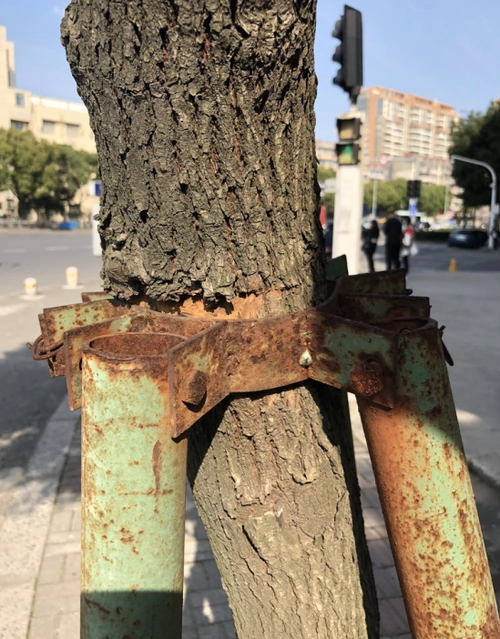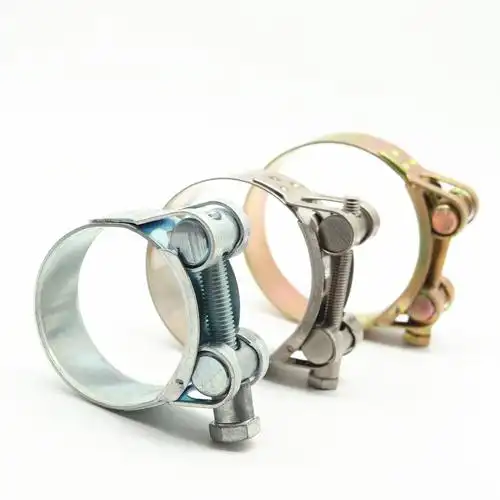How do i know what size hose clamp i need
Hose clamps are essential components in various applications, from automotive to industrial settings, where hoses need to be securely fastened…
Hose clamps are essential components in various applications, from automotive to industrial settings, where hoses need to be securely fastened to prevent leaks and ensure proper fluid flow. However, selecting the appropriate size of hose clamp is crucial for its optimal performance. This guide will walk you through the factors to consider when determining the right hose clamp size for your needs.
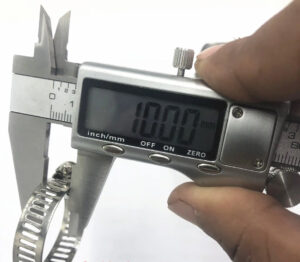
1. Hose Diameter
The most critical factor in determining the right hose clamp size is the diameter of the hose. Hose clamps are typically sized according to the hose’s diameter, and they should be snug but not overly tight to avoid damaging the hose. To measure the hose diameter, use a measuring tape or a caliper and note the outer diameter (OD) of the hose.
2. Hose Material
The material of the hose can also influence the choice of clamp size. Some materials, like rubber, may compress slightly when the clamp is tightened, while others, like metal hoses, will not. It’s essential to consider the hose’s flexibility and resilience when selecting a clamp size to ensure a secure fit without causing damage.
3. Hose Clamp Types
There are various types of hose clamps, including worm drive, T-bolt, and spring clamps. Each type has its own sizing standards and methods of application. Worm drive clamps, for example, are adjustable and can be tightened to fit a range of hose sizes, while T-bolt clamps are more rigid and require a precise match to the hose diameter.
4. Application and Pressure
Consider the application and the pressure the hose will be under. High-pressure environments may require a more robust clamp design or a larger size to ensure a secure seal. In contrast, low-pressure applications may allow for a lighter clamp that is easier to handle.

5. Temperature Range
The temperature range the hose will be exposed to can affect the clamp’s performance. Some clamps are designed for high-temperature applications and may expand or contract with temperature changes, affecting the clamp’s fit. Always check the temperature range of both the hose and the clamp to ensure compatibility.
6. Vibration and Movement
In applications where there is significant vibration or movement, a larger or more robust clamp may be necessary to prevent the clamp from loosening over time. Regularly check and tighten clamps in these environments to ensure a secure connection.
7. Corrosion Resistance
If the hose clamp will be exposed to corrosive substances, choose a clamp made from materials that resist corrosion, such as stainless steel. The size of the clamp should also be considered in relation to the hose’s resistance to corrosion, as a compromised hose may require a larger clamp for added security.
8. Safety Standards
Adhere to safety standards and regulations when selecting hose clamp sizes. Certain industries have specific guidelines for hose clamp sizes to ensure safety and prevent accidents. Always consult the relevant standards for your industry.

9. Manufacturer’s Recommendations
Manufacturers often provide recommendations for hose clamp sizes based on the hose’s specifications. These recommendations are based on extensive testing and should be followed to ensure the best fit and performance.
10. Visual Inspection and Testing
After installing the hose clamp, visually inspect it to ensure it is seated correctly and not causing any deformation to the hose. Periodic testing, such as pressure testing, can also help verify that the clamp is the correct size and is maintaining a secure seal.
Selecting the right hose clamp size is a critical step in ensuring the safety and efficiency of your hose systems. By considering the hose diameter, material, clamp type, application, temperature range, vibration, corrosion resistance, safety standards, and manufacturer’s recommendations, you can choose the appropriate size for your needs. Regular inspection and testing will further ensure that your hose clamps are functioning correctly and maintaining a secure connection. Remember, the right hose clamp size is not just about fitting the hose; it’s about ensuring the longevity and reliability of your systems.
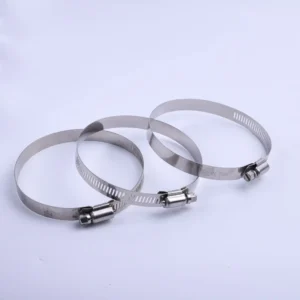
Problems encountered and solutions
1. Possible problems
1. Lack of measuring tools
Problem description: It is difficult to accurately measure the outer diameter of the hose without a suitable measuring tool, such as a caliper or tape measure. This may result in the selection of a clamp that is too large or too small.
2. Unclear clamp size standards
Problem description: There may be differences in the size marking of clamps from different manufacturers. Some clamps are marked according to the inner diameter, some are marked according to the outer diameter, and some may be marked based on specific industry standards or their own numbering systems, which can be confusing when choosing.
3. Deformed or irregular hose shape
Problem description: If the hose is deformed by squeezing, twisting, etc. during use, or has an irregular shape, it is difficult to accurately measure its diameter, making it difficult to determine the size of the clamp.
4. Multi-layer hose or lined hose
Problem description: For multi-layer hoses (such as hoses with a protective outer layer and an inner conveying layer) or hoses with a liner, it is necessary to consider whether to measure the outermost layer diameter or the inner layer diameter, or both to select the clamp size.
2. Solution
1. Get the right measuring tools
Solution: If you don’t have a caliper or tape measure, you can use a simple substitute. For example, wrap a rope around the hose, mark the position, and then use a ruler to measure the length of the rope. Calculate the outer diameter of the hose using the formula (diameter = circumference ÷π).
2. Understand the dimensioning method
Solution: Before purchasing a pipe clamp, carefully check the product manual or consult the seller to understand whether its dimensioning is based on the inner diameter or the outer diameter. You can refer to some industry general standards. For example, the automotive industry usually marks the pipe clamp size according to specific standards for fixing hoses such as cooling systems or fuel systems.
3. Dealing with deformed or irregularly shaped hoses
Solution: For deformed hoses, try to restore them to their natural state before measuring. If they cannot be fully restored, you can measure the diameter of multiple locations and take the average value as a reference. For irregularly shaped hoses, consider using special clamps, such as adjustable shape clamps or flexible clamps.
4. For multi-layer or lined hoses
Solution: In general, for multi-layer hoses, it is recommended to measure the diameter of the outermost layer to select the clamp. However, if the fixation of the inner layer is also important, you can consider using a double-layer pipe clamp or a pipe clamp with a buffer pad. The inner pipe clamp is selected according to the inner layer diameter, and the outer pipe clamp is selected according to the outer layer diameter.

